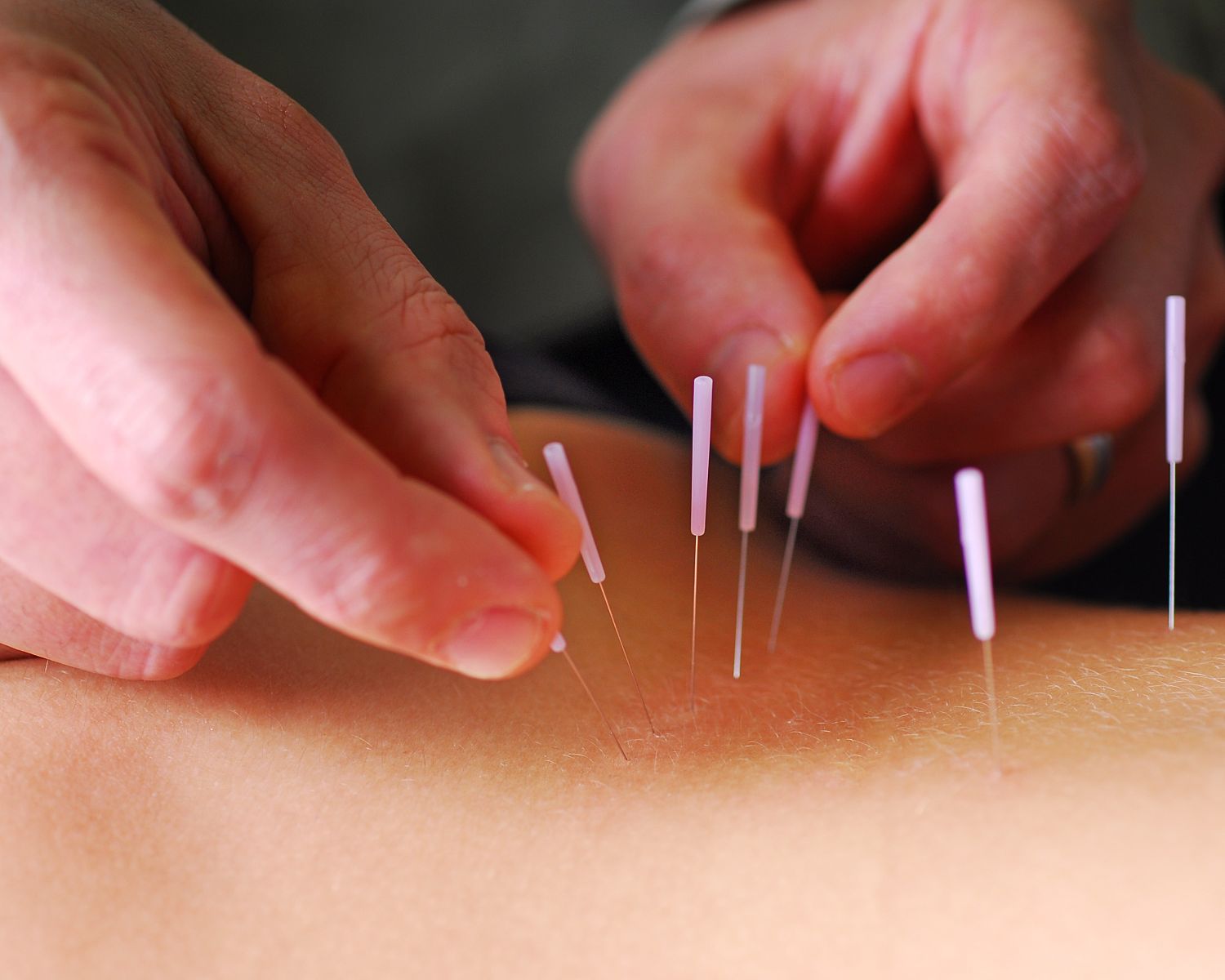How IMS Helps Relieve Tight Muscles
Written by Steve Wong – Partner, Physiotherapist
Do you constantly experience tight and stiff muscles throughout your body, not just following exercise, but ‘all the time’?. Have you ever been told to keep ‘stretching’, but have found limited benefit? Have you tried therapies such as joint manipulation and massage with only short-lasting relief? Perhaps you might be suffering from a long history of muscle pain, a syndrome that might be effectively treated by a dry-needling technique known as IMS, or intramuscular stimulation.
IMS is an approach for the diagnosis and treatment of chronic muscle pain syndromes. This technique was pioneered in the 1970’s by Dr. Chan Gunn, and is based on western medical science and a ‘neuropathic’ model of pain. Neuropathy can be defined as some form of dysfunction to the nervous system, in particular the nerves next to your spine, arms, and legs.
What is the IMS technique?
A fine acupuncture needle is inserted in the affected muscle or into the small muscles next to your spine. Inserting the needle into a normal muscle is rather painless, however placing a needle into a muscle that is chronically tight will cause a cramping sensation. This cramping is in effect releasing the tension in the muscle.
What conditions can be treated by IMS?
Conditions like chronic muscle pain, whiplash associated neck pain, low back pain, tennis elbow, shoulder strain, hip and knee pain typically respond well to IMS.
How often is treatment required?
The number of treatments you require will vary depending upon several factors including: duration and severity of your condition. Typically the recommended dosage for IMS is once a week, in order to allow the body to recover and heal between treatments. The effects are cumulative – each needling session stimulates a certain degree of healing, until eventually the condition dissipates as muscles become less tight, and nerves become less supersensitive.



